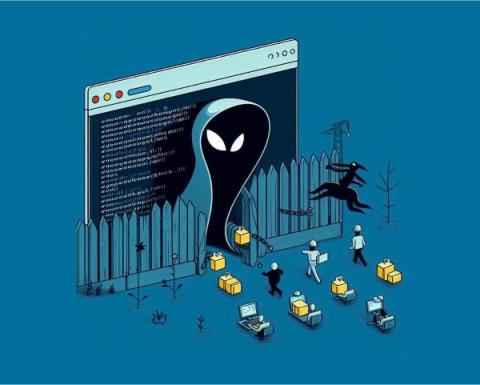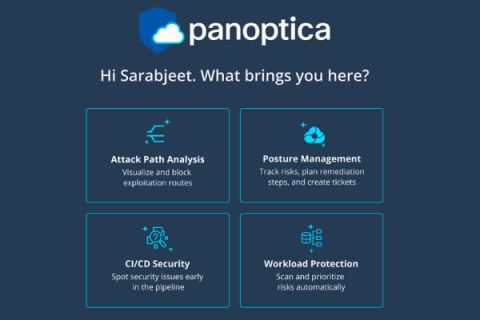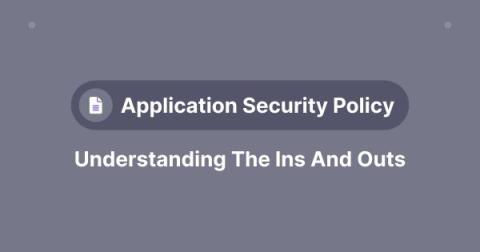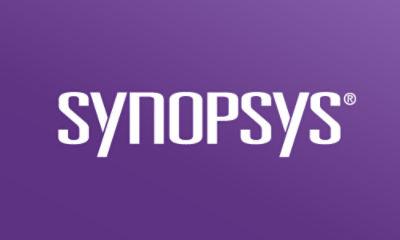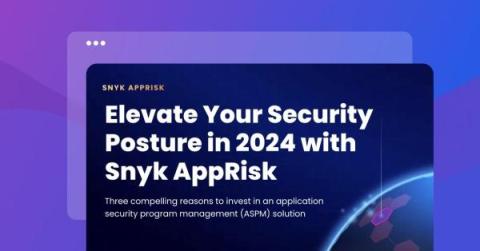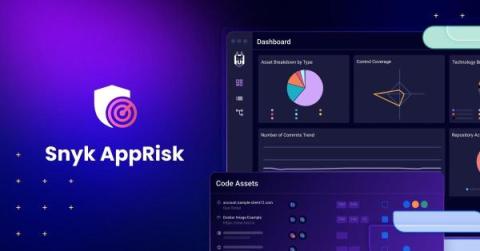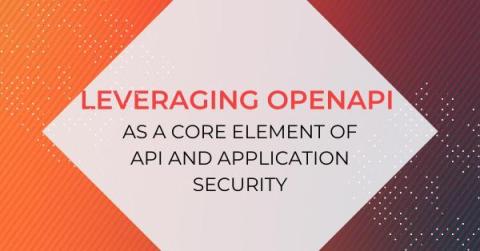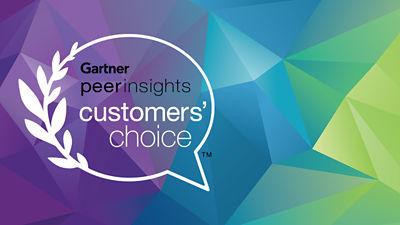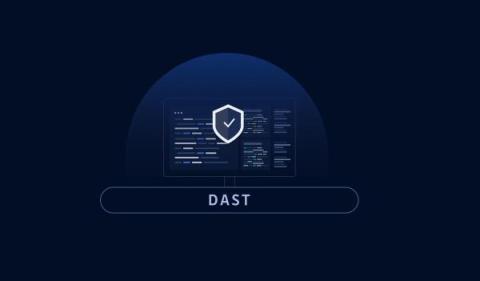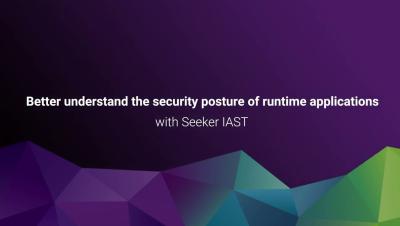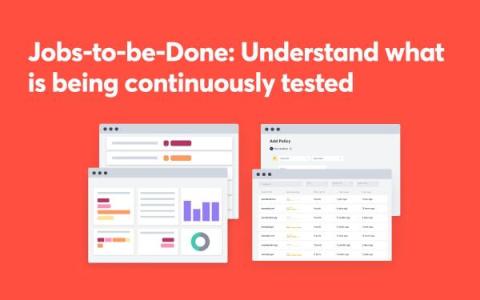Security | Threat Detection | Cyberattacks | DevSecOps | Compliance
December 2023
Enhancing Security with eBPF: Use Cases Explored
How Malicious Code Enters Applications
As the backbone of modern business operations, applications are frequently targeted by sophisticated malicious threats. In this blog post, we provide a high-level overview of how malicious code can enter your software applications. We look at different forms of malicious code, their entry points, practical tools and strategies for detection & prevention, focusing on innovative solutions.
Breaking News: Panoptica Unveils Seamless Onboarding Experience!
The Ins and Outs of Application Security Policy
A policy, by definition, is a statement of management intent that is mandatory for an organization. A security policy, obviously, focuses on the security of information assets.
Datadog Cloud Security Management updates #shorts #datadog
Datadog on AWS Identity Management
Secure your web apps running on Azure App Service with Datadog Application Security Management
Azure App Service is a platform-as-a-service (PaaS) commonly used to deploy applications and APIs, as well as functions, mobile apps, and more. It provides flexibility and reliability when deploying new applications and infrastructure, but it also introduces new security risks to your system. In particular, reduced visibility into the infrastructure and deployment of your application leads to a greater chance of application vulnerabilities being exploited by an attacker.
This Month in Datadog: Cloud Security Management Updates, Fleet Automation, App Builder, and more!
Consolidating effort for enhanced application security
Visualize, prioritize, remediate: how Panoptica helps secure your org
Three reasons to invest in an ASPM solution in 2024
The pace of software development is astounding! The transition to agile, DevOps, cloud, and the supercharged use of AI is empowering distributed development teams to build software with greater speed and autonomy. In contrast to the remarkable strides in development methodologies, maintaining a robust security posture has become a formidable challenge. AppSec teams are still playing catchup, both outnumbered and out-resourced.
Announcing Snyk AppRisk: Elevate your AppSec game with ASPM
Snyk AppRisk provides AppSec teams with the comprehensive application security posture management (ASPM) workbench they need to govern and scale their security programs as well as minimize risk arising from applications.
Leveraging OpenAPI as a Core Element of API and Application Security
Synopsys named as a Customers' Choice in the 2023 Gartner Peer Insights Voice of the Customer for Application Security Testing
Dynamic Application Security Testing: Benefits, Pitfalls, and Top Open-Source Solutions
In code security, not everything is "shift left." Dynamic testing is as important to help developers build and ship secure applications on the right-hand side of the SDLC. Let's explore the benefits, pitfalls, and popular open-source DAST tools in this blog post from the Escape team.
Seeker IAST helps teams understand the security posture of their applications | Synopsys
Job-to-be-Done: Understand what is being continuously tested and monitored across my attack surface
In order for AppSec and ProdSec teams to stay on top of their growing attack surface, they must understand what parts of their attack surface are being continuously monitored and scanned, such as where, when, what, and how. This can include, but is not limited to.




